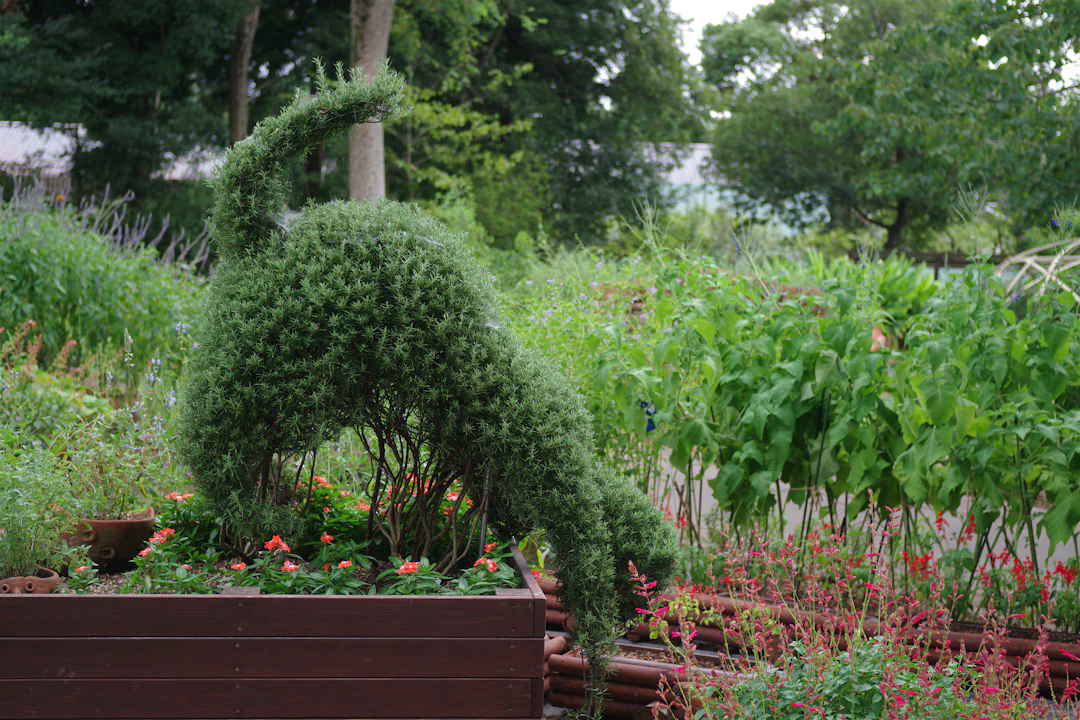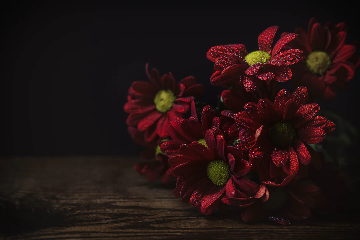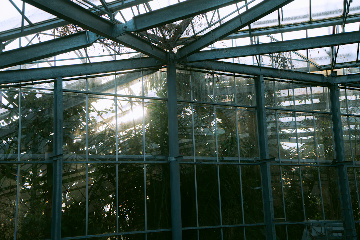Seattle homes are full of character, but even the quirkiest spaces can benefit from a burst of green right on the wall. Designing and installing a DIY wall herb planter isn't just about saving space—it's about bringing culinary joy and natural beauty into your home. Having built my share of eco-friendly fixtures, I know firsthand how rewarding it feels to create something both beautiful and useful.
Whether you're a seasoned DIYer or simply love the fresh scent of rosemary and thyme while you cook, a wall-mounted herb garden blends function with delight. It becomes a living accent, a conversation starter, and a convenient harvest source, all in one package. Here in Seattle, the abundant rain means herbs thrive once established, making this project perfect for our climate.
Creating your own wall planter means you get to choose wood, layout, and plant variety—no plastic or prefab shortcuts here! Using simple framing lumber and basic hand tools, you can craft a fully wooden box with angled shelves to cradle your favorite herbs. Plus, by adjusting design dimensions, you can fit your planter snugly between wall studs for additional security, a crucial detail when hanging heavier planters in older homes.
There’s a special kind of pride in building with your own hands. Beyond cost savings, it's about empowerment and craftsmanship. In the Pacific Northwest, where indoor-outdoor living defines the lifestyle, these little moments of creativity connect us to our homes and each other—and help sustain our love for fresh, homegrown ingredients.
Planning and Building Basics
The process starts with selecting your wood—white framing lumber is affordable and looks great when finished with a pale whitewash. After cutting your boards to size, use glue and screws to join the frame tightly. The angled shelves, held by dowel pins, ensure plants and soil stay securely in place, even when the planter is hung vertically. Sanding the ends and frame provides a polished feel, while mineral oil can protect the exposed wood where your herbs will live.
Below is a quick summary table for materials and steps. With a modest investment of time and supplies, you’ll have a vibrant green wall in no time:
| Component | Details |
|---|---|
| Wood | Framing lumber, plywood backing |
| Fasteners | Wood glue, screws, nails |
| Supports | Dowel pins for angled shelves |
| Finish | Whitewash stain and mineral oil (nontoxic) |
| Waterproofing | Polyurethane caulk for seams |
| Plants | Thyme, Parsley, Lavender, Rosemary |
Hanging your planter securely is key—try to anchor to wall studs for better weight distribution. Adding a watering mat behind the herbs helps with moisture retention and minimizes runoff, keeping your kitchen tidy.
Sustainable Style and Indoor Wellbeing
What makes this project truly Seattle-worthy is the blend of style, sustainability, and utility. Seattle’s mild, damp climate keeps herbs lush, and growing your own reduces packaging and trips to the store. Plus, herbs purify indoor air, boost your mood, and add tempting aromas (who could resist a waft of lavender or basil while making breakfast?).
This kind of DIY venture also aligns with my belief: beauty and function must go hand in hand. The angled design is not just smart for keeping soil in place—it adds architectural interest and highlights the lushness of your plantings. Even the process of crafting and customizing your planter is a restorative experience, giving you a break from screens and a chance to reconnect with simple hands-on skills.
The real magic is that your new living wall can be freshened as the seasons change or your tastes evolve. With clear instructions and a dash of creativity, anyone can transform an ordinary wall into their own green gallery—one that nourishes both body and soul, Seattle style.
References:
[1] Dunn DIY, "How To Make A Herb Wall Planter," Home Improvement Projects to inspire and be inspired, Jan. 31, 2017.
https://diy.dunnlumber.com/index.php?p=projects/diy-indoor-hanging-herb-garden
[2] The Inspired Room, "My Seattle House," 2023-2024.
https://theinspiredroom.net/category/my-seattle-house/
[3] CRD Design Build, "Seattle Home Improvements," 2025.
https://www.crddesignbuild.com/services/home-improvements/
Read More

Camila Ward
Author
Raised in a bustling suburb of Atlanta, Camila Ward grew up fascinated by machinery and how things work. She attended Georgia Tech and became a mechanical engineer, quickly making a name for herself through innovative eco-friendly design projects.
After a decade in R&D for a major tech firm, Camila took a leap and opened her own consultancy. She now specializes in sustainable solutions for urban environments, balancing her technical expertise with a commitment to social responsibility.


